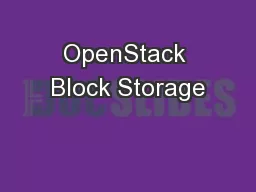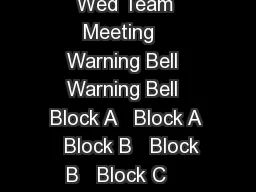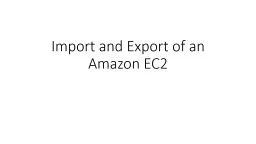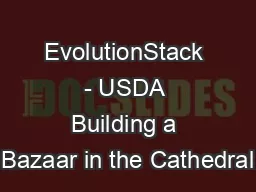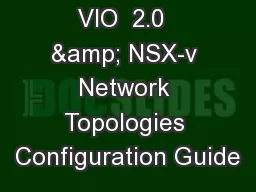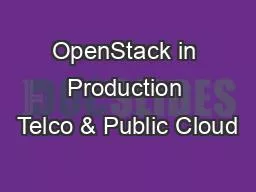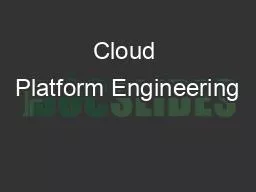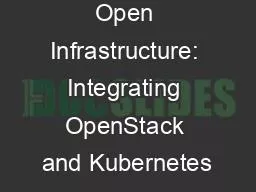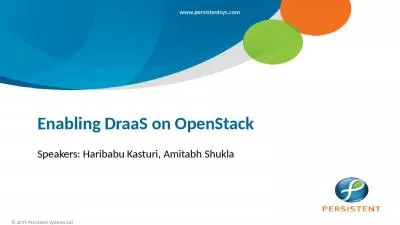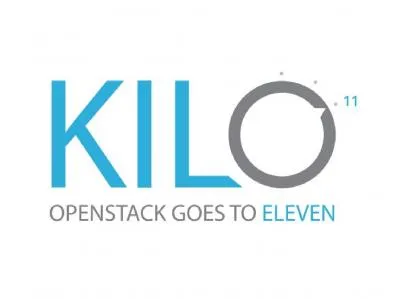PPT-OpenStack Block Storage
Author : luanne-stotts | Published Date : 2017-03-30
OpenStack Storage and Cinder an Interactive Discussion Aaron Delp Director of Solutions OpenStack Architect aarondelp Who is this guy John Griffith Senior Software
Presentation Embed Code
Download Presentation
Download Presentation The PPT/PDF document "OpenStack Block Storage" is the property of its rightful owner. Permission is granted to download and print the materials on this website for personal, non-commercial use only, and to display it on your personal computer provided you do not modify the materials and that you retain all copyright notices contained in the materials. By downloading content from our website, you accept the terms of this agreement.
OpenStack Block Storage: Transcript
Download Rules Of Document
"OpenStack Block Storage"The content belongs to its owner. You may download and print it for personal use, without modification, and keep all copyright notices. By downloading, you agree to these terms.
Related Documents

